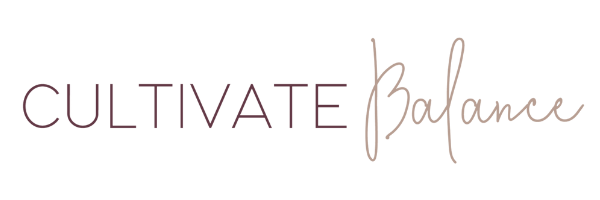Salt water nasal cleansing, called Jala Neti in Ayurveda, helps to clean the nasal passages, enabling the sinuses to drain freely. The process involves pouring salt water into one nostril, allowing it pass through the sinus cavity, and drain through the other nostril or the mouth.
Jala Neti Procedure
Mix 2 teaspoons of sea salt or rock salt (not table salt) into 2 cups of purified warm water. This ratio is important so as not to irritate the sensitive nasal tissues. It is ok to use tap water. On a hot summer day, use cooler water.
Place the solution into your clean neti pot (a small, sterile vessel with a spout, such as that pictured at right.)
Stand over the bathroom sink or in the shower.
Apply the spout of the neti pot to the opening of one nostril, creating a good seal.
Next tilt your head forward and to one side.
Relax and allow the saline solution to flow from the neti pot into the nostril and through your sinus passageways. Breathe through your mouth and do not swallow.
Allow the solution to drain from your nose out the opposite lower nostril or mouth.
Remove the pot from the nostril. As the solution runs out, you can blow gently to help remove any mucus and waste materials that remain in your nasal passageway.
Repeat 2 times for each nostril, for 20 seconds at a time.
When finished, bend forward and blow out through both nostrils for a final cleanse.
Follow the nose drying series, as outlined below.
Jala neti can be done daily, and is best done in the morning. If you feel water go in to your ears, do not continue, and consult your practitioner.
Nose Drying Series
It is essential to spend the time drying your sinuses, especially if you are going to follow jala neti with nasya (herbal nasal oiling). This asana and pranayama series is the recommended way to do so.
Anulom vilom: This technique uses the kapalabhati breath in which the inhale is passive and the exhale is a quick forceful, powerful movement originating from the low belly. To begin, close the left nostril and do kapalabhati breathing for 20 breaths, then take a deep breath in, plug both nostrils and hold for 10 seconds before releasing. Then close right nostril and do same routine. Repeat 2-4 times on each side.
Forward fold: Stand with feet slightly wider than hips distance apart and fold forward completely with arms clasped behind your back. While rocking head forward and back, breathe in and out of nose 20 times, taking a breathe in when the head comes up and out when the head goes down. Stand up slowly, and take a deep breath in and out through nose. Repeat 4 times.
Waving palm: Stand with your feet hips distance apart and your hands over your head with your palms facing each other. Begin waving your arms from side to side over your head, breathing in as your arms pass over your head, and breathing out as they find themselves on each side. Repeat each side 8-10 times.
Rabbit pose: Begin in child’s pose on the ground. Lift off of your heals and gently roll your shoulders forward so that the top of your head rolls on to the ground in front of you, lengthening the back of your neck. Place your hands on your heels and hold on. Breathe in and out of your nose deeply for 8-12 breaths. Pause and return to resting child’s pose. Repeat 4 times.
Radical self care is an alternative to engaging with failing systems, and Ayurveda has always been here to provide grounded guidance for us to thrive. Cultivate Balance provides Ayurvedic consultations, wellness webinars and workshops, Goodness Guides, and online wellness courses that support you to nurture yourself so you can nurture the world. Now, more than ever, we are being called to return home to ourselves and the Earth.




